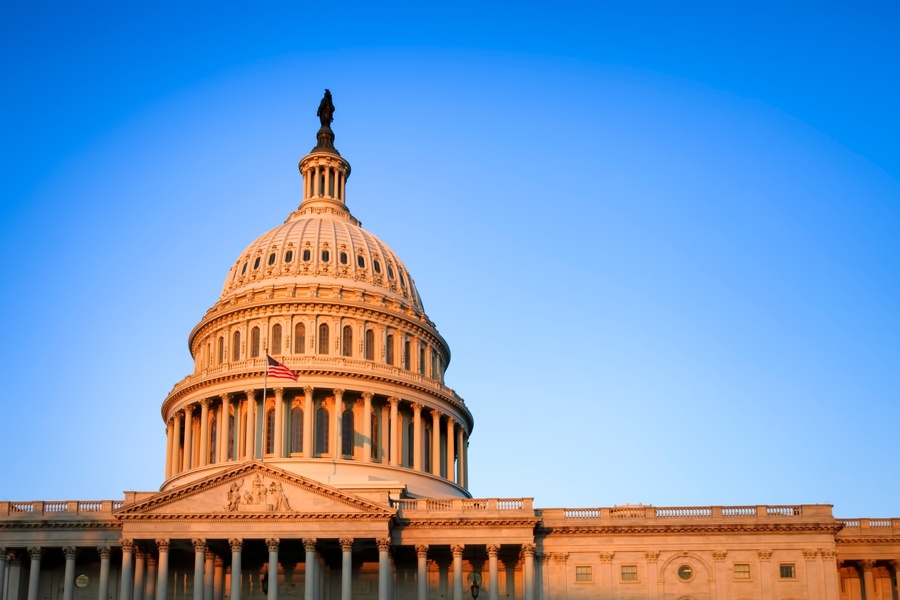

The U.S. was stripped of its top-tier sovereign credit rating by Fitch Ratings, echoing a move made more than a decade ago by S&P.
The credit assessor downgraded the US from AAA, a ranking the nation has held at Fitch since at least 1994, according to data compiled by Bloomberg. The move comes in the wake of major political battles over the nation’s borrowing and repeated standoffs over raising the debt limit. While the most recent legislative impasse was resolved, it remains a potential issue of concern going forward.
“The rating downgrade of the United States reflects the expected fiscal deterioration over the next three years, a high and growing general government debt burden, and the erosion of governance relative to ‘AA’ and ‘AAA’ rated peers over the last two decades that has manifested in repeated debt limit standoffs and last-minute resolutions,” Fitch said in a statement.
Fitch had warned May 24 that there was a risk of a downgrade. The US is now rated AA+ by Fitch, one step below AAA, and the assessor has a stable outlook on the country.
Moody’s Investors Service currently rates the US sovereign Aaa, its top rating. S&P Global Ratings has it at a score of AA+, one notch below the top tier, having removed its top score back in 2011 on the heels of an earlier debt-ceiling crisis.
Treasury Secretary Janet Yellen responded to the downgrade, calling it “arbitrary” and “outdated.”
Treasury markets were closed at the time of the announcement.
“I suspect the market will be in two minds about it — at face value, it’s a black mark against the U.S.’s reputation and standing, but equally, if it fuels market nervousness and a risk-off move, it could easily see safe-haven buying of U.S. Treasuries and the dollar,” said David Croy, strategist at Australia & New Zealand Banking Group in Wellington. “It’s finely balanced.”

Canadian stocks are on a roll in 2025 as the country prepares to name a new Prime Minister.

Two C-level leaders reveal the new time-saving tools they've implemented and what advisors are doing with their newly freed-up hours.

The RIA led by Merrill Lynch veteran John Thiel is helping its advisors take part in the growing trend toward fee-based annuities.

Driven by robust transaction activity amid market turbulence and increased focus on billion-dollar plus targets, Echelon Partners expects another all-time high in 2025.

The looming threat of federal funding cuts to state and local governments has lawmakers weighing a levy that was phased out in 1981.
RIAs face rising regulatory pressure in 2025. Forward-looking firms are responding with embedded technology, not more paperwork.
As inheritances are set to reshape client portfolios and next-gen heirs demand digital-first experiences, firms are retooling their wealth tech stacks and succession models in real time.
